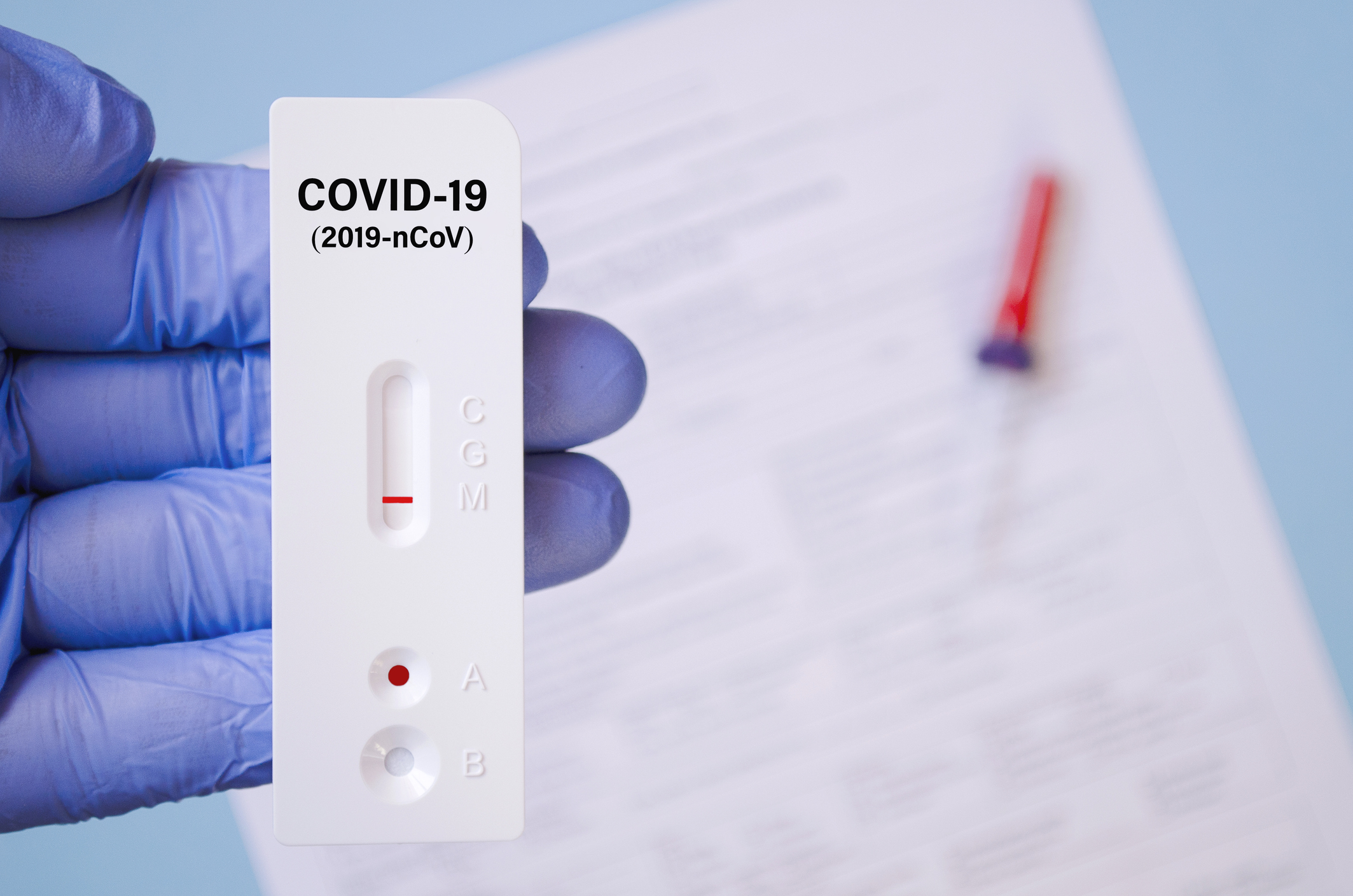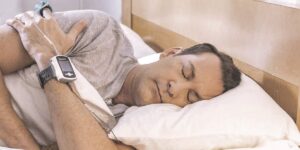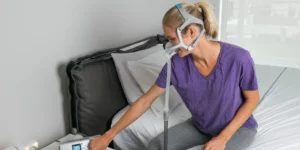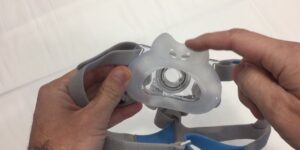Children’s Minnesota is one of the venues where COVID-19 exams are administered. While an adult may be able to comprehend and withstand suffering associated with rapid antigen tests, many children experience pain, discomfort, and uncertainty as a result of the exam.
We spoke with Abbey Menth, registered nurse clinic supervisor and administrator of the COVID-19 exam, about how Children’s Minnesota and parents can make COVID-19 testing simpler for children.
COVID-19 testing for children
At Children’s Minnesota, we do not administer the COVID-19 rapid antigen tests to children in the same way that adults do. We utilize a swab that is inserted into the nose and spun for ten seconds. Our administrators do not do the Nasopharyngeal, or “NP,” swab that is generally performed on adults and penetrates further into the nasal passages.
Parents may use the following tips to make COVID-19 testing more pleasant.
- While the exam is taking place, keep your kid on your lap.
- Patients aged 2 years and younger will almost certainly cry, but keep in mind that the rapid antigen tests is brief.
- Show your children photographs before to the exam, especially those of the test administrator wearing personal protection equipment (PPE) – a face shield, a mask, and a gown.
- Hold your child’s hands to prevent them from attempting to remove the swab.
- Avoid saying “nearly done” during the rapid antigen tests, since it is performed on both sides of the nose. Depending on the outcome of the rapid antigen tests, a re-swab or possibly another operation may be necessary.
- Bring an iPad or phone to serve as a diversion during the test’s administration.
- Our admins’ suggestions
- “I prefer to inform people that this will not cause pain but will feel strange and irritate their nose.”
- “I tell them I’m prospecting for gold, picking their boogers, and wiping their nose for them — anything stupid to calm their anxiety.”
- “I count aloud and encourage the patient to do the same. Or I sing a tune for ten seconds while swabbing each nose.”
- “I suggest choosing a song to sing before you go for the exam, so you’re prepared.”
Children’s Minnesota provides COVID-19 care.
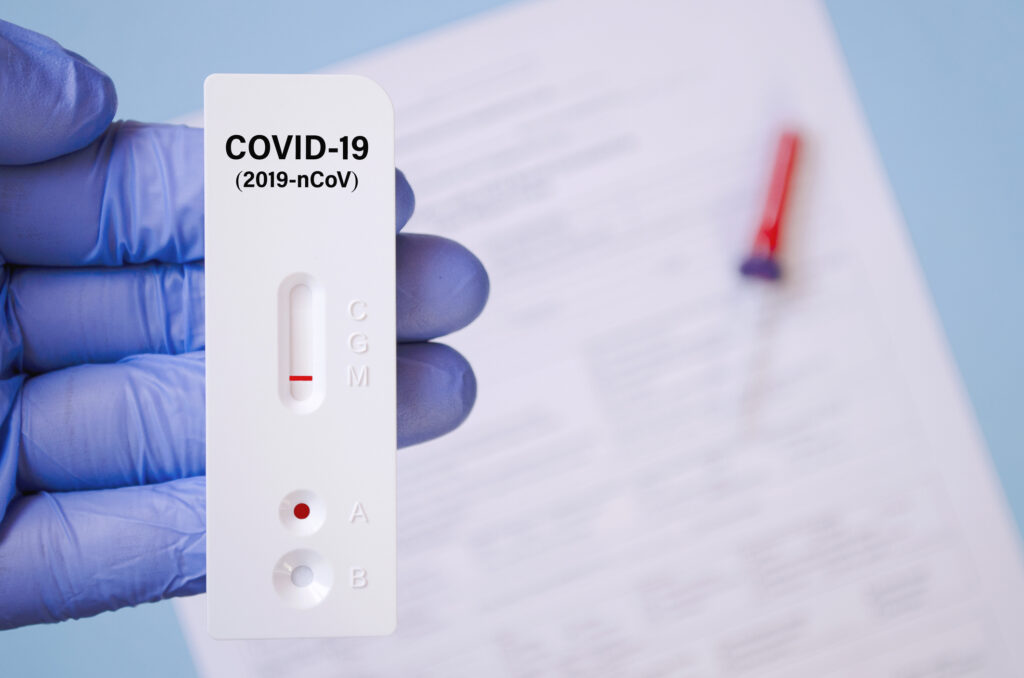
If you believe your kid may have COVID-19, we strongly advise you to remain at home and call before visiting an emergency department or clinic and rest assured that we are here to assist you if you do need to come in. Learn more about rapid antigen test at http://body-philosophy.net/an-all-round-knowledge-on-rapid-antigen-tests/
Sustaining Positive Support for Your Child During COVID-19 Nasal Swab Testing
When children are prepared to submit to a medical examination, they become more cooperative and obedient, which provides them with a pleasant coping experience. This film was created for youngsters as young as four years old.
Myth 1: Even if you do not strictly follow the directions for home rapid antigen tests, the findings are likely to be correct.
Fact: When doing COVID-19 rapid antigen tests at home, it is critical to follow the recommendations precisely. If you depart even little from the prescribed path, your findings may be erroneous.
For instance, the Abbott BinaxNOW rapid antigen tests require 15 seconds of swabbing the inside of your nose. If you swab for a shorter period of time, you may not collect enough samples for the rapid antigen tests to detect viral signs. Similarly, the exam requires the placement of precisely six droplets of solution on the test card. Additional or fewer drops may cause the test to malfunction.
Because it is critical that you follow the rapid antigen tests instructions precisely, you should always spend a few minutes going through all of the procedures before beginning, even if you have previously completed rapid antigen tests.
Myth 2: You do not need a COVID-19 vaccination if you are routinely checked.
Fact: Any of the approved COVID-19 vaccinations significantly reduces your risk of contracting the illness and, more importantly, of being hospitalized or dying from it.
By contrast, testing cannot prevent you from being ill. “Regular testing will neither prevent COVID nor halt its spread,” Gronvall argues. This is comparable to how routine mammograms cannot prevent breast cancer.
What routine testing can do is alert you to the fact that you are ill early in the course of your condition. You may then isolate yourself to avoid spreading the sickness to others and tell your close contacts to do the same. In this manner, COVID-19 will not be disseminated to (many) others.
Nonetheless, there is no better approach to safeguard yourself and others than vaccination.
Myth 3: You do not need to wear a mask or take any measures if you test negative.
“A negative test does not absolve you of the need to use masking, social distance, or other usual measures while COVID is spreading in your community,” Swift states.
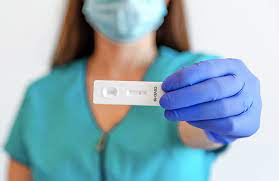
For starters, Sweet points out that “the tests are not flawless.” There are instances of “false negatives,” in which test results suggest that you were disease-free while being afflicted. Additionally, a negative test indicates that no virus was found throughout the test. The infection may be too early for the rapid antigen tests to identify illness, or you may have been healthy at the time of the rapid antigen tests but afterward got COVID-19.
This implies that the best approach to protect yourself and others is to mask and maintain social distance during outbreaks, routinely wash your hands, and, of course, receive the vaccination and any boosters – in addition to testing as needed.
“This is not an either-or situation. “A multi-tiered strategy is absolutely necessary,” Sweet explains.
If you have gotten the required vaccination doses but not a booster, you should remain at home for five days. After at least five days, get your blood checked. And continue to wear a mask for another five days. If you are unable to remain at home for ten days, use a mask.
Conduct rapid antigen tests at least five days following exposure, even if you do not exhibit symptoms.
Consult your physician or local health agency for guidance on testing and quarantine.
